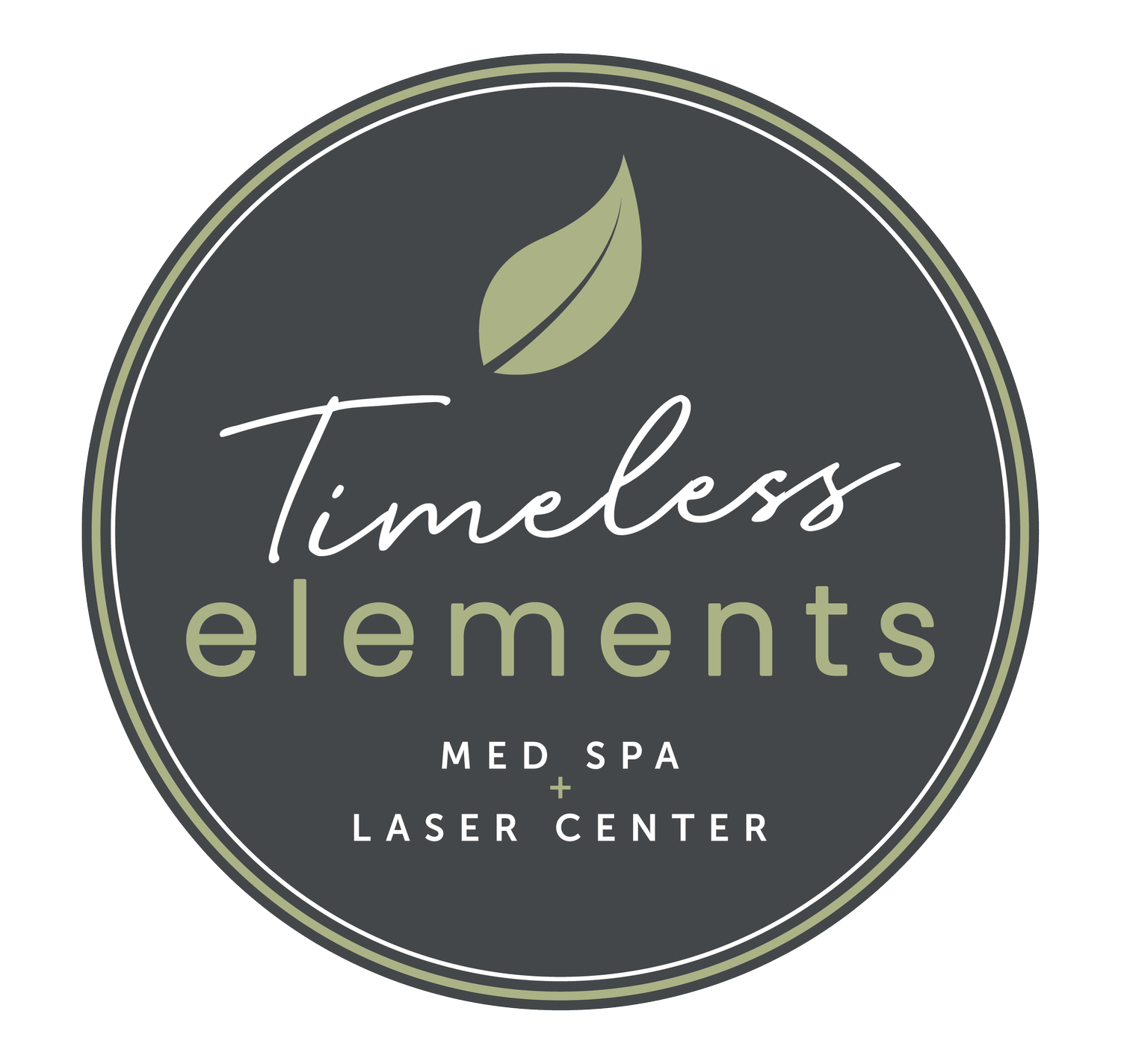How to choose a Sunscreen?
Summer is finally here and we all want to be out in the sunshine after the long, cold winter. We all know we need to use sunscreen, but how do you know which one is the best for you?A study published in JAMA Dermatology says that fewer than half of the patients at a dermatology clinic knew the meaning of terms like “broad spectrum” and “SPF.” So you are not alone.
Terms such as “broad spectrum” and “SPF” have very specific meanings, because they come from standards created by the FDA for testing sunscreen. Being able to understand these terms can help you choose a sunscreen that gives you the protection that you expect.
Let’s start with “broad spectrum” sunscreen. This means that the sunscreen can protect you from the sun’s harmful ultraviolet A (UVA) and ultraviolet B (UVB) rays. Protection from UVA (aging) and UVB (burning) rays helps to prevent skin cancer, early aging (premature age spots, wrinkles, and sagging skin), and sunburn.
Next, let’s discuss “SPF.” The FDA says that SPF is how well a sunscreen protects you from sunburn. Another confusing thing about SPF is the number that follows it. This number tells you how much UVB light (burning rays) a sunscreen can filter out. It is important to note that no sunscreen can filter out 100% of the sun’s UVB rays. That is why it is important to also wear protective clothing and seek shade.
Once sunscreen is applied, it only lasts so long on our skin. The sun’s rays break down sunscreens and they lose their effectiveness. To continue protecting our skin from the sun, we must reapply sunscreen every 2 hours or more frequently if you are swimming or sweating.
Now that we have the terms “broad spectrum” and “SPF” figured out, what is the difference between chemical sunscreen and physical sunscreen? Each of these protects your skin differently and contains different active ingredients. A chemical sunscreen protects you by absorbing the sun’s rays and may contain one or more of many possible active ingredients, including oxybenzone or avobenzene. A physical sunscreen also protects you by deflecting the sun’s rays and contains the active ingredients titanium dioxide and/or zinc oxide. Some sunscreens use both types of ingredients in their sunscreen formula.
According to the American Academy of Dermatology (AAD), sunscreen is an important tool in the fight against skin cancer, including melanoma, the deadliest form of skin cancer. Statistics show that 1 in 5 Americans will develop skin cancer in their lifetime. The ADD recommends using a broad spectrum sunscreen that has a SPF of 30 or higher and using a sufficient amount of it. They recommend one ounce of sunscreen, enough to fill a shot glass, is considered the amount needed to cover the exposed areas of the body.
Now that you have all the info, apply your sunscreen and go outside and enjoy the sunshine!

